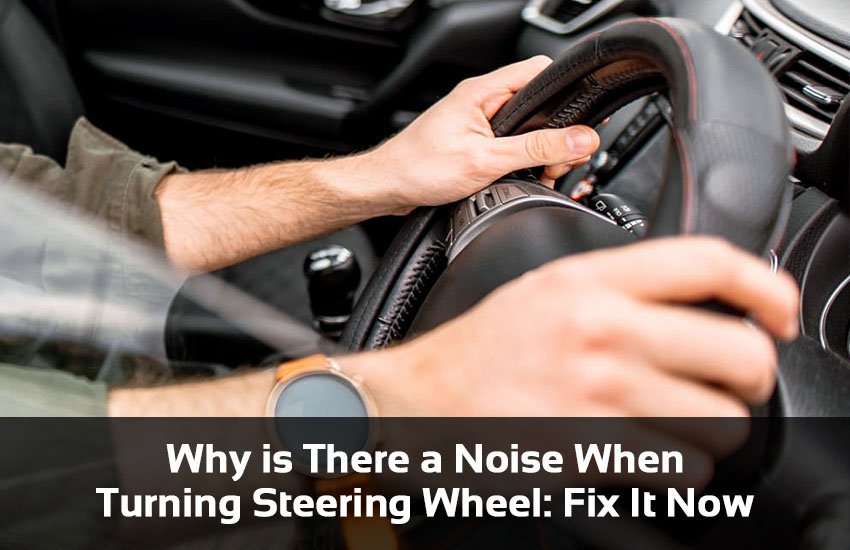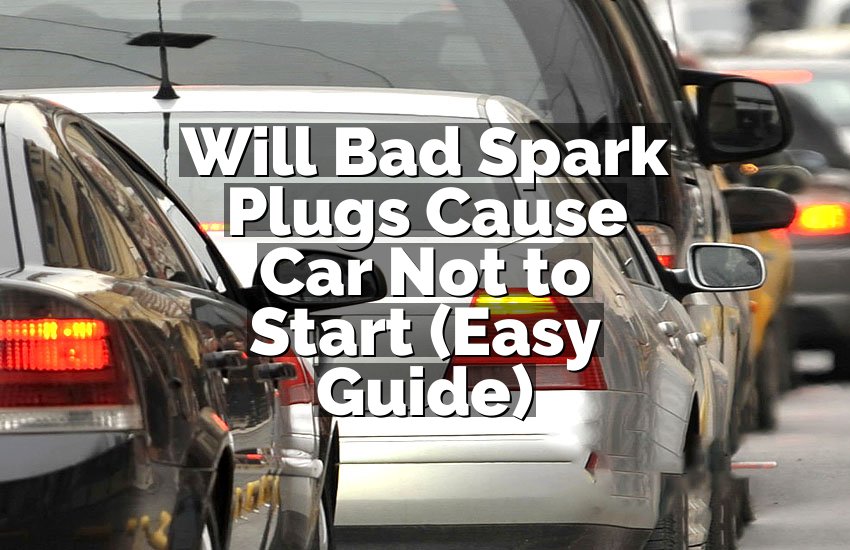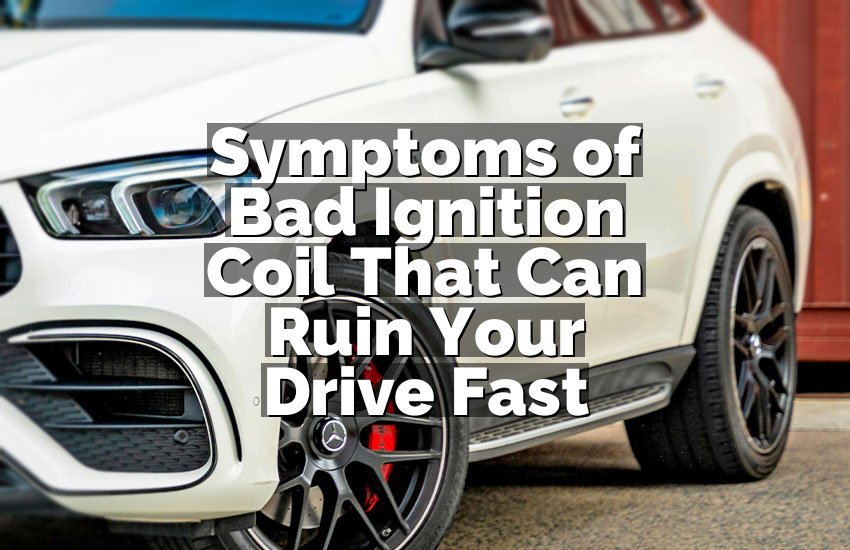Have you ever been driving and noticed a weird noise when turning your steering wheel? It’s annoying and can even make you nervous. I went through this myself recently, and it turned out to be simpler than I thought. In this article, I’ll explain why this happens, what causes it, and the easiest ways to fix it. You’ll walk away knowing exactly what’s going on and how to solve it without stress.
Check the Power Steering Fluid
One of the most common reasons your steering wheel makes noise is low power steering fluid. Your car needs this fluid to make turning smooth. When it’s low, the steering pump struggles, causing whining or groaning sounds. You might notice it more when the engine is cold or when making sharp turns. Checking your fluid regularly can prevent bigger, costlier problems.
Start by locating the power steering reservoir under the hood. Check the fluid level—it should sit between the “min” and “max” marks. If it’s low, top it up with the right type of fluid. Don’t overfill because that can cause leaks or pressure issues. Always follow the car manual for the correct fluid type.
Sometimes, the fluid looks dirty or dark. This also makes noise. Old fluid loses lubrication, creating friction in the pump. Flushing the system and replacing the fluid often solves the problem. Make sure to use clean tools and containers so you don’t contaminate the system. Once done, start the engine and turn the wheel to see if the noise is gone.
Other signs of low fluid include stiff steering or a delay when turning the wheel. If you see leaks around the pump, hoses, or rack, get them fixed quickly. Ignoring it can ruin the pump and cost a lot more. Regular maintenance is cheaper than a full replacement.
- Low fluid can cause whining or groaning
- Check the reservoir often
- Use the correct fluid type and avoid overfilling
- Flush old, dirty fluid
- Repair any leaks immediately
Inspect the Steering Rack and Pinion
The steering rack and pinion are what connect your steering wheel to the wheels. If they wear out or get damaged, you might hear clunking, grinding, or squeaking noises when turning. Checking them regularly can stop small issues from becoming expensive repairs. It also keeps your car safe.
Lift your car safely with a jack and stands to inspect the rack and pinion. Look for worn bushings, loose bolts, or damaged seals. Worn bushings let parts move too much, causing noise. Damaged seals can lead to leaks, which make steering harder. Tighten loose bolts carefully to see if it helps.
Sometimes, internal gears wear down over time, causing grinding sounds. If that happens, the rack and pinion might need replacing. This is a job for a professional if you’re not familiar with steering systems.
Lubrication matters too. Some racks need grease to move smoothly. Without it, friction increases, and noise appears. Adding the right grease or fluid can reduce sounds and make steering easier. Always follow the manufacturer’s instructions for maintenance.
- Connects steering wheel to tires
- Worn bushings or seals make noise
- Loose bolts need tightening
- Old gears may require replacement
- Proper lubrication is key

Examine the Steering Column
The steering column connects your steering wheel to the rack and pinion. Over time, bearings, joints, and bushings wear out, which can create clicking, popping, or creaking noises. Checking this regularly prevents bigger problems and keeps driving smooth.
Look at the universal joints and bearings inside the column. Rust, looseness, or wear can cause noise. Replace worn joints or clean rusty parts. Make sure the steering wheel moves freely without wobbling. Tightening loose components can reduce noise.
If your car has an adjustable column, improper adjustment can also create rubbing or stress, making noise. Adjust it according to the manual. If the noise continues, the bearings might need replacing. In that case, a mechanic is the safest option.
Lubrication is a lifesaver here too. Use recommended grease or oil on moving parts. Don’t overdo it—too much can attract dirt. Regular lubrication extends the life of your steering column and keeps it quiet.
- Connects wheel to rack and pinion
- Worn bearings or joints cause clicking
- Loose parts should be tightened
- Adjustable columns need proper setup
- Lubrication prevents noise and wear
Look at Suspension and Tie Rods
Suspension parts affect steering noise a lot. Tie rods, ball joints, and control arms connect your wheels to the car’s frame. When they wear out, you might hear knocking or squeaking noises while turning. Checking them regularly keeps your car safe and steering smooth.
Examine tie rods and ball joints for damage or wear. Look for torn rubber boots or loose parts. Worn tie rods can misalign your wheels and wear tires unevenly. Ball joints can cause clunking over bumps or while turning. Replace damaged parts right away to avoid accidents.
Control arms and bushings can also make noise. Worn bushings let metal touch metal, causing squeaks. Replacing or lubricating them helps reduce noise and improve handling. Always inspect suspension parts together because one failing part can put extra stress on the others.
Noise might get louder with heavy loads or rough roads. Testing by gently shaking wheels or turning the steering can help locate the problem. Mechanics have tools to inspect precisely. Replacing worn parts keeps steering smooth and safe.
- Suspension parts affect steering noise
- Worn tie rods or ball joints make knocking sounds
- Damaged bushings produce squeaks
- Inspect all suspension parts together
- Replace or lubricate worn parts
Inspect Steering Pump and Belts
The steering pump gives hydraulic pressure so turning the wheel is smooth. If the pump fails or the belts slip, you might hear whining or squealing noises. Checking them regularly keeps steering easy and prevents sudden problems.
Look at the drive belt connected to the pump. Cracks, frays, or looseness can cause squealing. Tighten or replace belts as needed. A slipping belt puts extra pressure on the pump, creating noise. Belt condition directly affects the pump.
The pump itself can wear out or get contaminated. Old pumps often whine under pressure. Look for leaks, unusual vibration, or overheating. Replacing a worn pump can restore smooth steering and remove noise. Always follow manufacturer guidelines for maintenance.
Listen to the steering while the engine runs. If the noise happens during slow turns or when parked, the pump is often the culprit. Keep fluid levels correct and hoses clean. Regular care of belts and pumps keeps steering quiet and extends system life.
- Steering pump gives hydraulic pressure
- Worn belts cause squealing
- Old pumps make whining sounds
- Check for leaks and vibration
- Regular maintenance prevents failure
Check for Wheel Alignment and Tires
Sometimes, the noise isn’t in the steering system at all—it’s the tires or alignment. Misaligned wheels or worn tires can create rubbing sounds. Uneven tread or low tire pressure may squeak or chatter. Checking alignment and tires keeps steering smooth and quiet.
Check tire pressure first. Over- or under-inflated tires can make noise. Adjust according to the manual. Uneven tread usually signals misalignment. Proper alignment reduces stress on steering parts and helps tires wear evenly.
Wheel alignment should be done regularly, especially after hitting potholes or curbs. Misalignment causes squealing or rubbing while turning. Professionals can ensure all wheels track correctly. They also check suspension and steering parts at the same time.
Tire quality matters too. Hard or worn tires can squeak on certain roads. Rotating tires regularly and using the right tire type reduces noise. Combined with alignment, this makes steering smooth and safe.
- Tire pressure affects noise
- Uneven tread signals misalignment
- Regular alignment keeps steering smooth
- Inspect tires for wear and quality
- Rotate tires to reduce noise
Final Thoughts
Hearing noise when turning your steering wheel can be stressful, but most causes are easy to fix. Low fluid, worn parts, or misaligned wheels are common issues. Regular checks, proper lubrication, and timely replacement keep steering smooth. Acting early prevents bigger problems, saves money, and ensures safer driving.
| Issue | What to Check | Solution |
|---|---|---|
| Power Steering Fluid | Level and color | Top up or replace |
| Rack and Pinion | Bushings and seals | Replace or lubricate |
| Steering Column | Bearings and joints | Tighten or lubricate |
| Suspension | Tie rods, ball joints, bushings | Replace worn parts |
| Steering Pump | Belts and leaks | Tighten or replace pump |
| Tires & Alignment | Tire pressure, tread, wheel alignment | Adjust or rotate tires |
Frequently Asked Questions (FAQs)
Is it dangerous to drive with steering noise?
Yes, it can be. Noise often shows worn or damaged parts like the steering rack, pump, or suspension. Driving without checking can lead to accidents. Even small noises might mean a serious issue. It’s best to inspect or get a mechanic to check it immediately to stay safe.
Can low power steering fluid cause loud noise?
Yes. Low fluid makes the pump work harder, which creates whining or groaning. Refill with the right fluid and check for leaks. Regular maintenance keeps steering smooth and avoids expensive repairs.
Do I need professional help for steering pump issues?
Most of the time, yes. Replacing a pump is tricky. Incorrect installation can cause leaks or failure. Mechanics ensure the pump is set up correctly and check belts and hoses. This saves time, prevents damage, and keeps steering safe.
Is it normal for older cars to make noise when turning?
Sometimes. Older cars may have worn bushings, bearings, or fluid problems. A little noise is expected, but loud or sudden sounds need checking. Inspect steering, suspension, and fluids to prevent bigger issues. Regular maintenance keeps older cars safer and quieter.
Can worn tie rods cause steering wheel noise?
Definitely. Worn tie rods create knocking or clunking sounds. They link your wheels to the car frame. Replacing them fixes alignment and smooths steering. Ignoring them can damage tires and cause accidents.
Do I need to check tires if my steering wheel squeaks?
Yes. Tire pressure, tread wear, or type can make noise. Uneven tread often means misalignment. Keeping tires properly inflated, rotated, and aligned reduces squeaks and ensures smooth steering.
Is lubrication important for the steering column?
Very much. Lubrication reduces friction between moving parts. Without it, creaking or clicking appears. Use the right grease or oil on joints and bearings. Proper lubrication extends the steering column’s life and prevents noise.
Can wheel alignment fix steering noise?
Yes, often. Misaligned wheels create rubbing, squeaking, or uneven tire wear. Proper alignment fixes angles, reduces stress on steering, and keeps driving smooth and quiet.


